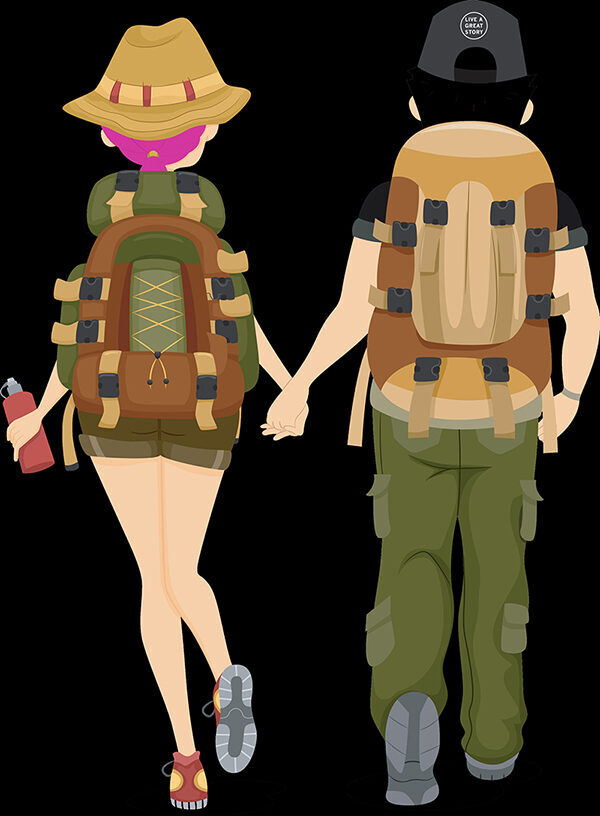Approximately 40 wildland firefighters continue to fight off the 24-acre Kolob Terrace Fire, in Hop Valley, Zion National Park. https://www.nps.gov/zion/learn/news/update-wildland-firefighters-continue-to-address-kolob-terrace-fire.htm
Your departure day has finally arrived. You’re packed, all your gear is ready, all batteries are charged and your adrenalin is pumping. It’s time to begin your photo safari to do a wildlife shoot of your favorite mammal, bird, predator, macro subject and more. A natural instinct is to grab your longest lens to get that once-in-a-lifetime shot. While it’s true that capturing a full-frame portrait of your favorite subject can produce a winner, does it always provide the best shot?
Conversely, showing too much of the surroundings in which the animal is located can leave the viewer wondering why the image was made. This is a dilemma that every wildlife shooter faces. Should we zoom in to get the headshot and come home with a full-frame portrait or lay off the huge lens and include some of the environment? When it comes to environmental vs. portrait photography, the best of all worlds is to encounter situations where you come home with both types of award-winning images. The key lies in remembering to make sure you take advantage of each and every opportunity rather than concentrate on one or the other. As I’m often heard sharing with all my workshop participants, Exhaust All Possibilities!
The Headshot
A full-frame headshot has long been deemed a trophy image. But to truly meet this criteria, there are many factors that must fall into place. Filling the frame doesn’t automatically raise an image to this elite status. First off, the light needs to be addressed. Is the face well lit or is the light contrasty? Is the face in shadow or does direct light fall upon it? Do distractions exist in the background that direct the viewer’s eye away from the animal? A busy background along with poor light dictate the image is destined for the delete button. Is the face dark and set against a bright background? If so, it will be hard to rescue the image. Conversely, if the face is well lit and set against a dark background, set the motor drive to high and fire away. Does the animal communicate any sort of interesting emotion or does it simply portray a lack of expression? Wait for the subject to do something expressive.
Show The Environment
Rather than fill the frame with just the animal, include some of the terrain or location in which it resides. This establishes a sense of place and educates the viewer. It informs the viewer where and how the subject dwells. Refrain from fully zooming the lens or getting too close. While it feels great that an animal trusts you to get close enough, it may not make the best image. By all means, get in tight and create the headshot as explained above, but learn to back off a bit and go wider. A more common flow of events is to progressively let the animal gravitate closer to you or slowly enter its world to get the headshot.
As mentioned earlier, I like to use the expression, “Exhaust All Possibilities.” This reminds you to use all your focal lengths as opposed to just concentrating on the initial focal length you grab. Many photographers tend to limit themselves to the initial focal length they grab. It will certainly be beneficial for a certain “look,” but will it net the diversity and potential of the variety you set out to capture? So, from this day forward, when it comes to environmental vs. portrait photography when shooting wildlife, be sure to cover every option and focal length. Not only may one prove to have more impact, but it also provides greater potential when it comes time to create a slideshow of your favorite images.
To learn more about this subject, join me on a photo safari to Tanzania. Visit www.russburdenphotography.com to get more information.
The post Environmental Vs. Portrait Photography appeared first on Outdoor Photographer.
